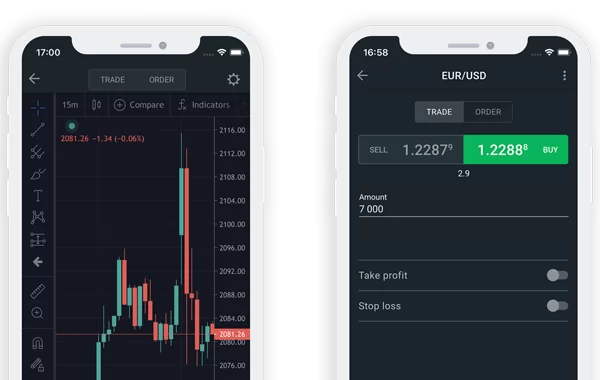The Impact of Decentralized Finance (DeFi) on Forex Markets

Let’s be honest—forex trading hasn’t changed much in decades. Centralized banks, brokers, and slow settlement times have been the norm. But DeFi? It’s flipping the script. Here’s how decentralized finance is shaking up the $6.6 trillion-a-day forex market—and why traders should pay attention.
DeFi 101: A Quick Refresher
If you’re new to this, DeFi stands for decentralized finance. Think of it as financial services—lending, borrowing, trading—but without middlemen. No banks. No brokers. Just code running on blockchains like Ethereum. It’s like swapping cash in a back alley, but with smart contracts instead of shady handshakes.
How DeFi Is Disrupting Forex Markets
1. 24/7 Trading Without Borders
Forex markets traditionally close on weekends. DeFi doesn’t. With platforms like Uniswap or Curve, you can swap USD stablecoins for Euros or Yen anytime. No waiting for Monday. No bank holidays. Just… trading.
2. Lower Fees (Mostly)
Traditional forex brokers charge spreads, commissions, and sometimes hidden fees. DeFi cuts out the middleman—but gas fees (transaction costs on Ethereum) can bite. Layer 2 solutions like Arbitrum are fixing this, though.
3. No KYC Headaches
Know Your Customer (KYC) rules? A nightmare for privacy-focused traders. DeFi often lets you trade forex pairs anonymously. Just connect a wallet and go. Regulators aren’t thrilled, but hey—it’s an option.
The Risks: Not All Sunshine and Rainbows
DeFi isn’t perfect. Here’s what could go wrong:
- Smart contract bugs: One line of faulty code could drain your funds.
- Stablecoin instability: If that “USD” stablecoin depegs, your trade implodes.
- Liquidity gaps: Thin markets mean wild slippage on large orders.
DeFi vs. Traditional Forex: A Side-by-Side Look
| Feature | Traditional Forex | DeFi Forex |
| Operating Hours | 5 days/week | 24/7 |
| Settlement Time | 2-3 days (T+2) | Minutes |
| Fees | Spreads + commissions | Gas + protocol fees |
| Regulation | Heavy (SEC, CFTC) | Minimal (for now) |
Real-World Use Cases Already Happening
Some projects are bridging DeFi and forex today:
- Synthetix: Trade synthetic forex pairs (sEUR, sJPY) on-chain.
- dYdX: Perpetual forex contracts with leverage.
- MakerDAO: Collateralized loans in multiple currencies.
What’s Next? The Future of DeFi and Forex
Imagine a world where:
- Central banks issue CBDCs (digital currencies) on DeFi platforms.
- AI-powered forex bots trade directly on decentralized exchanges.
- Micropayments across borders cost pennies, not percentages.
We’re not there yet. But the pieces are moving. The forex market—stubborn as it is—won’t ignore DeFi forever. Whether that’s good or bad? Well, that depends on who you ask.











